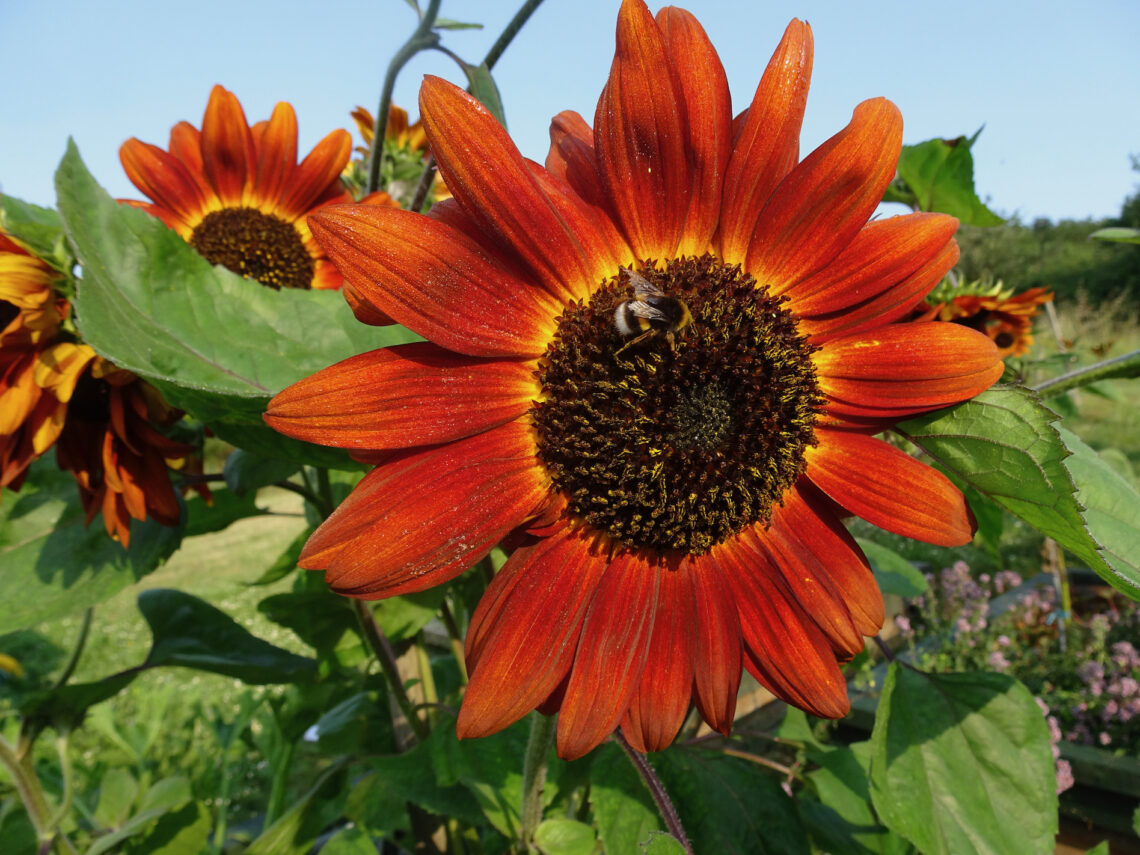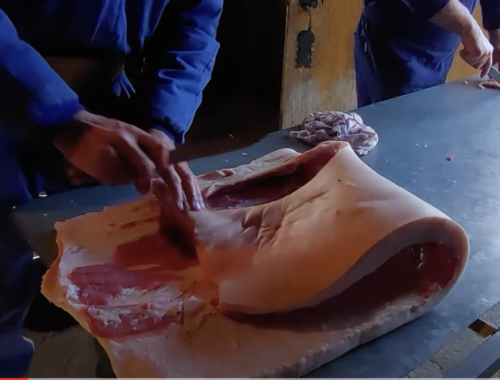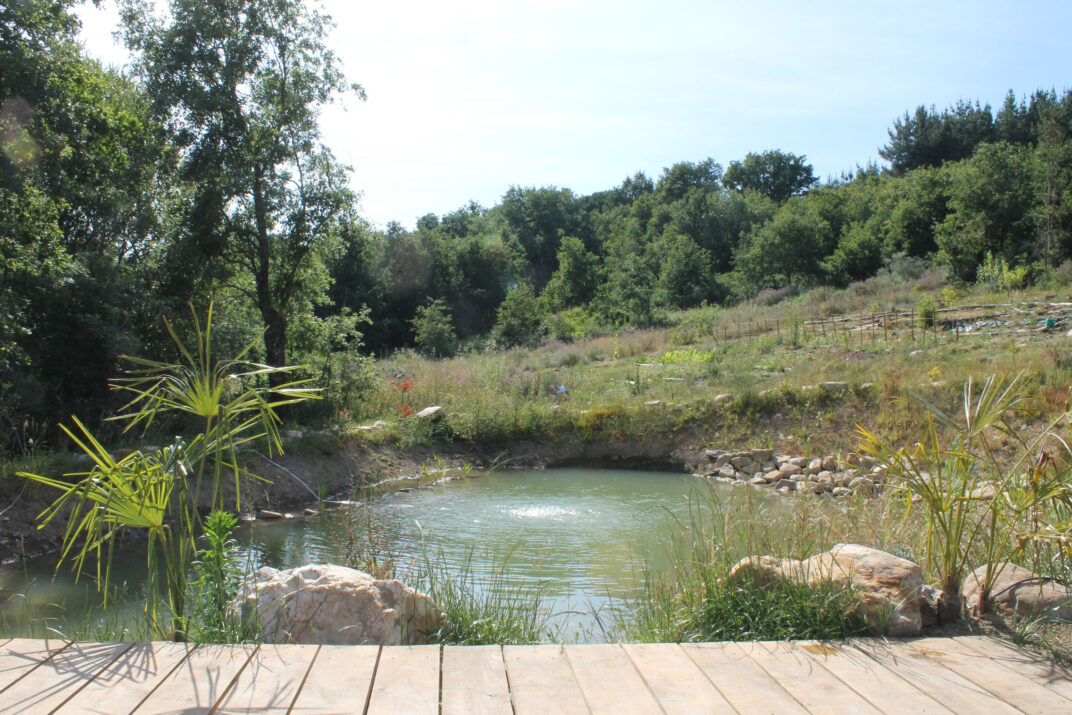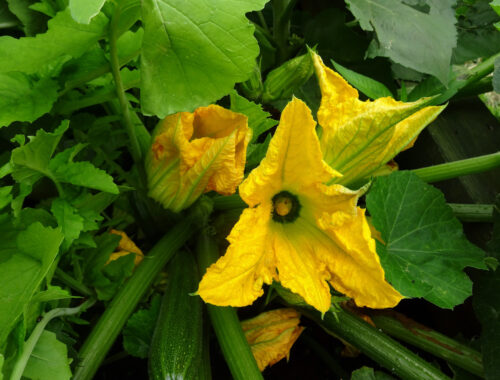
What we grow in a year
It took us a while to workout what we needed to grow in a year so, if you are new to gardening, this might be useful.
Our garden provides 50 – 70% of our food. We could grow more and we could buy less if we had to, but this works out for us. We buy meat and fish, cheese, bread, butter, olive and coconut oils, rice, pasta, potatoes and onions as needed. We have chickens for eggs and fruit trees: apples, pears, peaches, plums, quince and grapes. We also have cherries, figs and hazelnuts, but they haven’t produced yet.
Mature fruit trees produce a lot of fruit. It’s tempting to plant more than you need, if you have the space, but one tree of each fruit is plenty for two people. If you have more, you will have to spend a lot of effort getting rid of fruit that you can’t eat, even if you leave it to the birds. In early autumn we have to clear tons of fallen fruit, because it attracts wasps and hornets if left it laying on the ground. It’s too much to compost, so we have to haul it off to the woods.
We focus on growing vegetables we like to eat, with regard to what grows well here and what we can store through winter. I don’t grow potatoes or onions, as they take up a lot of space and can be unreliable, in a bad potato year you can harvest barely more than you sow. They are good and cheap here, so it’s not worth the effort. Potatoes also tend to attract pests and are difficult to store for the winter, unless you have mouse-free cold storage. I tried for several years and they all got mouse-eaten and sprouted. I grow sweet potatoes instead, as it’s hard to find organic sweet potatoes here and we really like them. They store well, in an old pillow case hung off the ground in the store room.
I grow all our veggies from our own seeds, so tend towards more than we need, but there’s always enough for the dogs and chickens too. This is roughly what we grow in a year:
- Beetroot: 20
- Broccoli, purple stemmed: 12-16
- Broad beans: 20
- Bush beans (stored dry for soup): 30
- Carrots: 20-30
- Chillis: 4-5
- Courgette/zucchini: 4
- Cucumbers. 6 plants
- Garlic: 50
- Kale: 12-16
- Lambs lettuce (through winter): a patch of about one meter
- Lettuce: 30-50
- Peppers: 20-30
- Raspberries: one meter patch
- Rocket (through winter): a patch of about one meter
- Snow peas: 4-6 plants
- Squash: 6-10 plants
- Strawberries: 10 plants
- Sweet potatoes: 6-10 plants
- Tomatoes (3 types, plus cherry): 15+ plants
- This is an approximation, as some years some things grow better than others and because we use our own compost, there are always volunteers popping up here and there.
The types of tomatoes we grow are:
- Rosa de Berne, a Swiss, pink early and cool tolerant tomato. A good all rounder.
- Corazon de Buey: a heritage beef heart, that needs warmth to germinate and fruit, but produces huge, fleshy and tasty fruits, perfect for summer salads.
- Mucho Miel: another salad tomato that is also great for chutneys and salsa
- Cherry tomatoes, I dry these for use in spring salads.
The herbs we grow: bay, basil, oregano, rosemary, sage, tarragon
And I always grow sunflowers for the birds (and for mulching) and melissa, nasturtiums and borage, which are great for the soil and us.

How does this tale end?
You May Also Like

Winter in Rural Galicia
December 15, 2022
Water Management and Dealing with Your Own Shit
March 15, 2018

